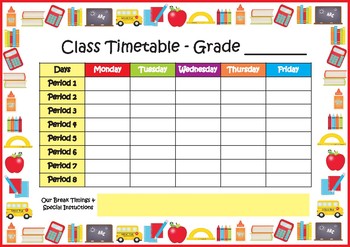

Use our visual schedule sheet available here. praise, opportunity to engage in the preferred activity or another motivator for your child) when they complete the schedule appropriately. Remember to provide positive reinforcement (i.e.Ensure there is an indication of when your child has completed the tasks, such as moving an image across to finish side of the schedule.Teach your child how to follow the schedule, mindful that this may take some time and require physical and verbal guidance on how to follow the schedule and complete activities.Text is essential to help develop children’s literacy skills and with images creates a more effective schedule than text or images alone.Symbols/Drawings are helpful as they can be consistent across all contexts if you are going to use the visual schedule at home.Photographs may be helpful for children to understand as they can easily associate the picture of an object to routine activity.Choose the length that is appropriate at the moment and build on this where necessary Determine how the long the schedule will be for.Identify the skill/routine you want to focus on.Helping the child to complete tasks without adult support.You can use a visual schedule when you want to help a child understand: Building self-esteem and establishing a sense of accomplishment.Decreasing any anxiety about the unknown.Improves understanding of sequencing and the concept of time.Supporting literacy development when incorporating words with pictures.Providing some structure and predictability to the day.

When Could a Visual Schedule be Helpful? Visual schedules can be helpful in: If you’d like to know more about why a visual schedule may be helpful for your child, take a look at our blog post, Importance of Routine and Visual Schedules. It can be helpful with transitioning between activities, developing new skills and overall reducing the dependence on parents/caretakers. You can use a visual schedule to improve a child’s understanding of the plan.


 0 kommentar(er)
0 kommentar(er)
